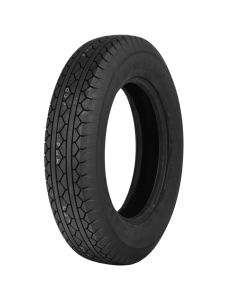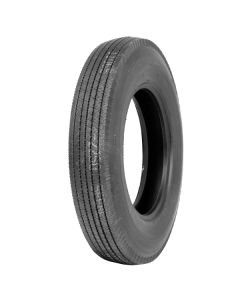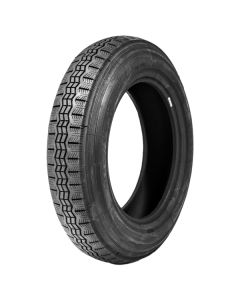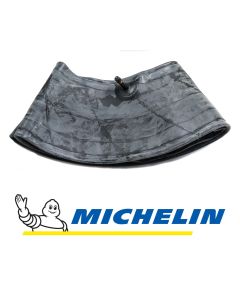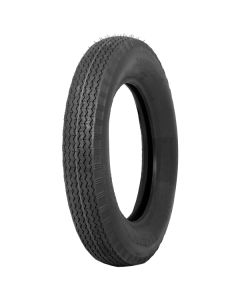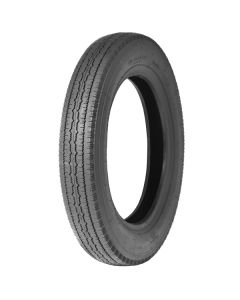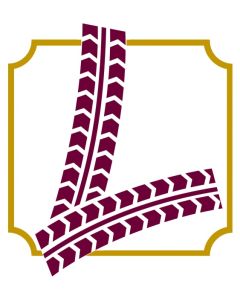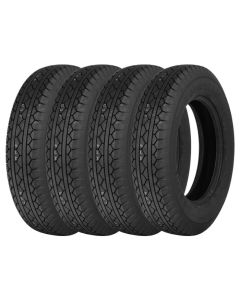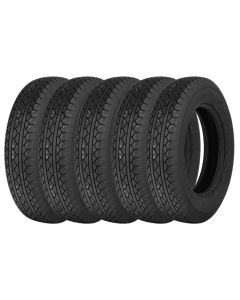Bristol 400 Tyres

1949 Bristol 400 Farina
Bristol 400 1947–1950
- The Bristol 400 original came with 550 - 16 crossply tyres.
- The most high performance quality period crossply tyre in that size is 5.50-16 PIRELLI STELLA BIANCA.
- The 5.50 x 16 Avon Tourist is also a good crossply option for steadier driving.
- If you want a radial tyre, Longstone recommends the 5.50 R 16 Michelin X.
- The correct tube for 550 - 16 tyres is the Michelin 16E.
Classic Tyres Explained
History of the Bristol 400
The Bristol 400 is a luxury car produced by Bristol, its first after World War II, BAC decided to diversify and formed a car division, which would later be the Bristol Cars company in its own right. BAC subsequently acquired a licence from Frazer Nash to build BMW models.
Bristol opted to build their first model on the greatest aspects of two exceptional pre-war BMWs; the engine of the 328 and the frame of the 326. It had a body comprised of mostly steel, with the aluminium bonnet, door, and boot skins inspired by the BMW 327. The Bristol 400 used a significantly modified version of BMW's 1,971cc six-cylinder pushrod engine. This engine, which was considered revolutionary for its day owing to its hemispherical combustion chambers and relatively narrow intake and exhaust ports, produced 80 horsepower at 4,500 rpm and could propel the 400 to a high speed of roughly 92 mph.
Bristol Cars
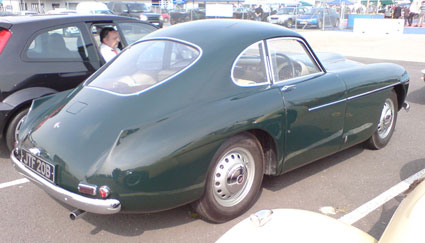
After the war in 1945 under the leadership of Sir George White the company decided to use up surplus engineering and production capacity by small scale manufacturing of high-performance sports cars. The first of the Bristol cars was the 400. The 400 along with other fledgling cars got some of their styling from pre-war BMWs. These cars were built in 1946 and quickly gained an enviable reputation.
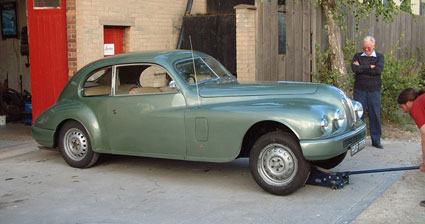
The Bristol 404 was the first British designed car to fit the radical Michelin X radial tyre in early 1954, once more marking the company out as a setter of trends. Also in 1954 a 405 that was based on the 404 was produced only with 4 doors and a longer wheelbase.
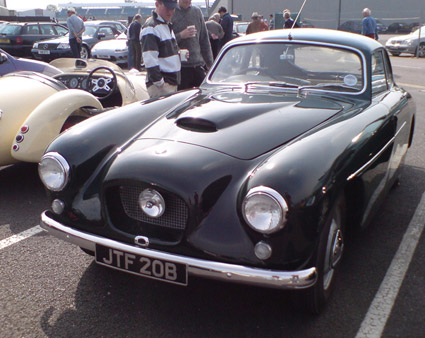
By 1960 due to political pressure the aviation division of the company was forced to merge with other aviation companies to form the British aircraft corporation. It was in the same year that to ensure its identity and autonomy Bristol Cars Ltd was acquired by former racing driver Tony Crook and the grandson of founder Sir George White, only 3 years later Tony Crook became sole owner and director of the company.
By the end of the '70s Bristol had new styling to reflect the period and this car was the 603 saloon, and in the 1980's a turbocharged Beaufighter (a name that came from the aviation days of the company in WWII). By the mid '80s Bristol dropped the numbers in favour of names of the past, for example, Britannia, Brigand and the Blenheim.
Although production numbers are less than 9,000 Bristol have competed with their cars under public scrutiny at places such as Le Mans in 1953/54/and 55 to mention just one. The company is still based in Filton and a model of any vintage can still be taken to the company for complete restoration and can supply their customers with any parts required right back to the company's earliest cars.


